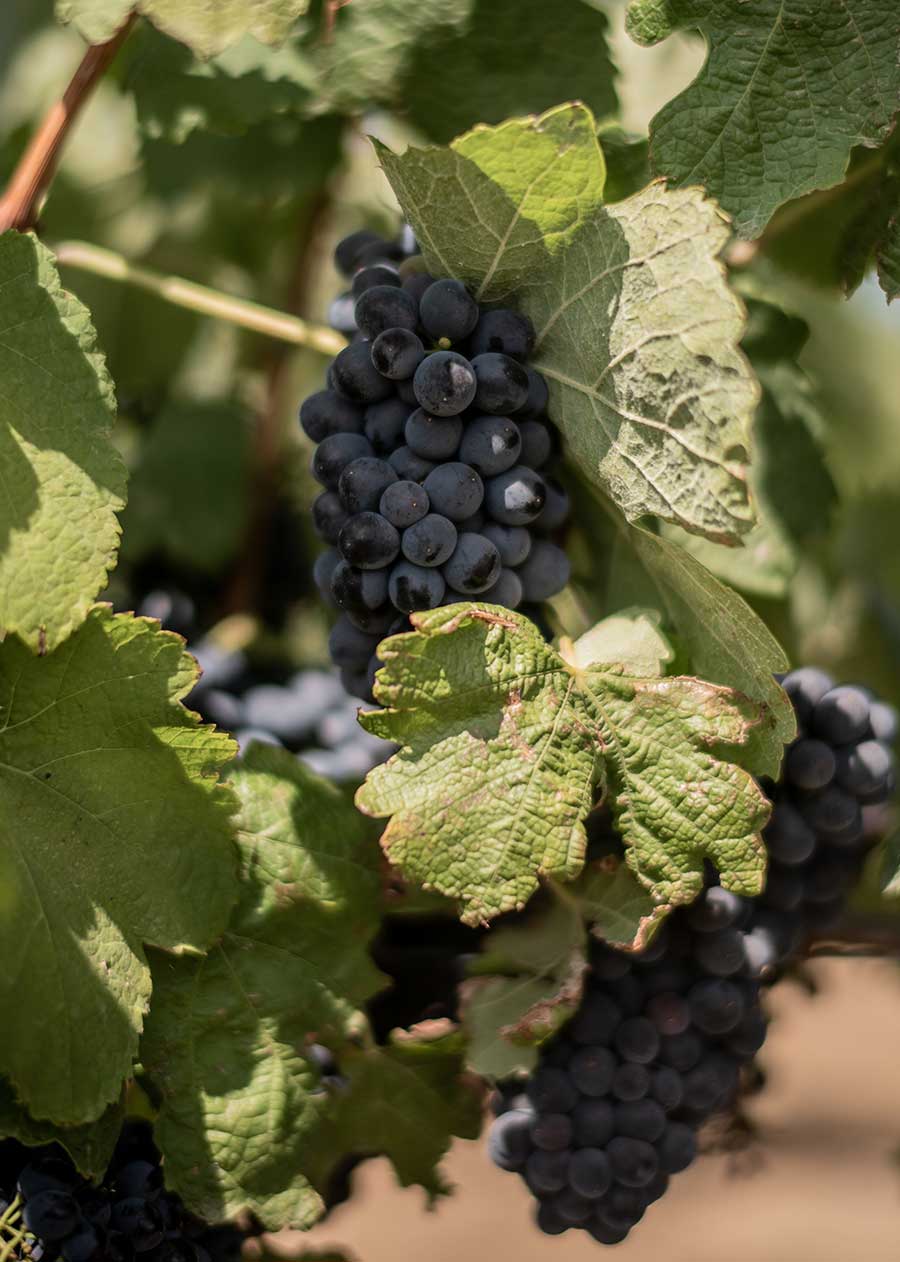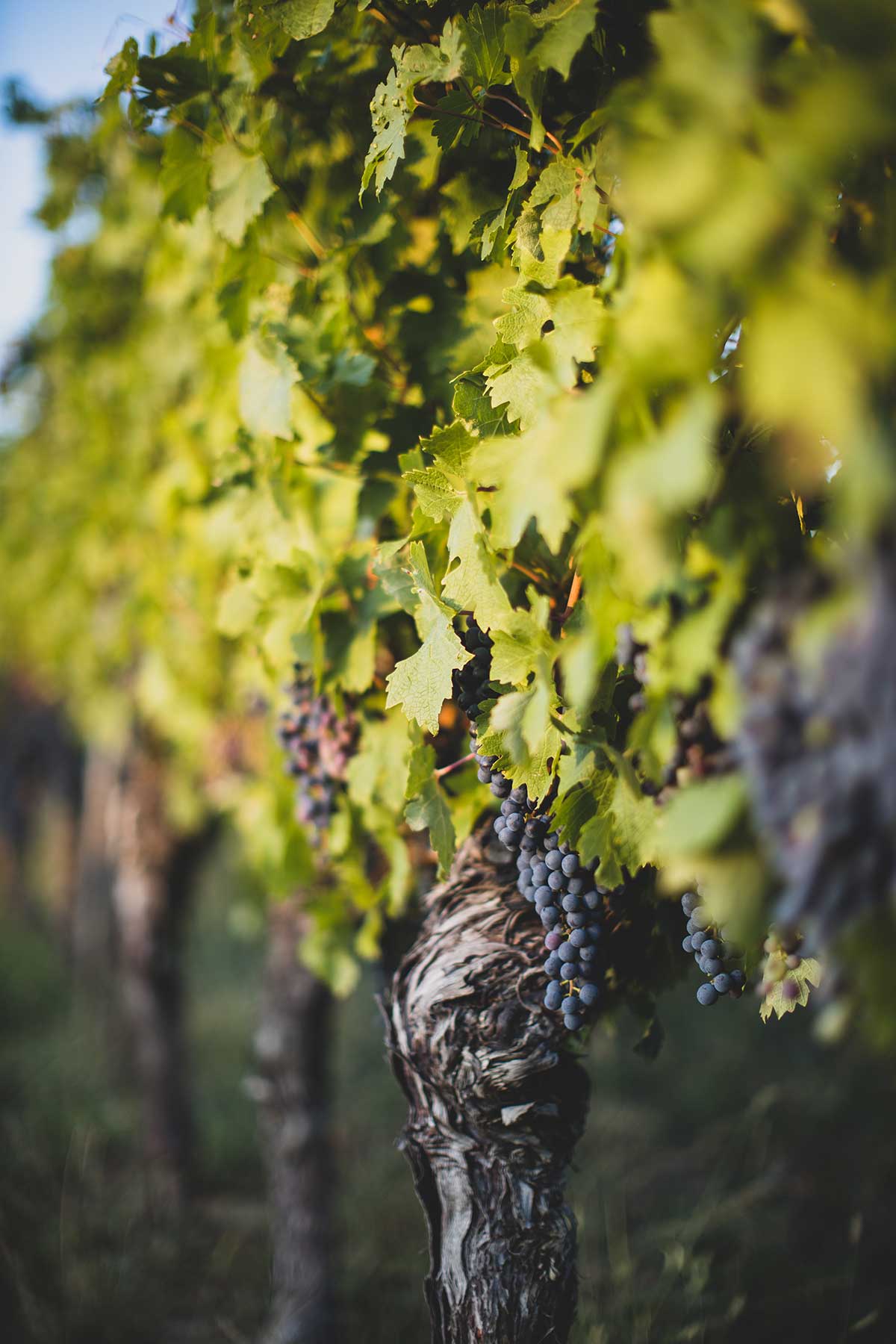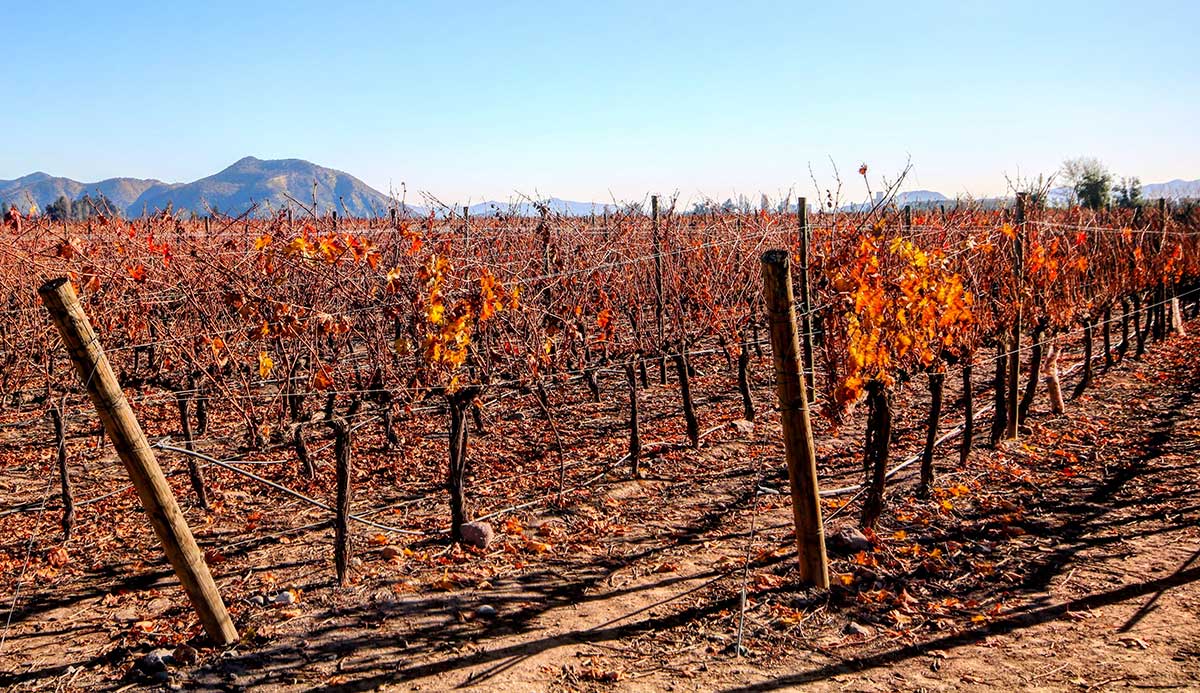
Colchagua Valley:
one of the most prestigious wine-growing areas of Chile.



The name Colchagua Valley is a Chilean appellation of origin for wines from the geographical area of the same name that meet the requirements established by Agricultural Decree No. 464 of December 14, 1994, which establishes the viticultural zoning of the country and sets the rules for their use as appellations of origin.
The Colchagua Valley is one of the most prestigious wine-growing areas of Chile.
Located in the southern half of the Rapel Valley, the Colchagua Valley has evolved over the last twenty years from a quiet expanse of farmland to one of the largest and most active wine-growing regions in the country. The relatively low elevation of the coastal hills allows the Pacific breezes to interact with the Andean winds, cooling the valley and extending the ripening period of the region, which benefits the preservation of acidity in the grapes, generating reds of excellent color, great freshness and very good cellaring capacity. The vast majority of the wine produced here is red, with a particular propensity for the production of Carménère, Cabernet Sauvignon and Merlot, although recent plantings near the coast have also proven to be a region with great potential for cool-climate white wines.
Interspersed, in an area of approximately 910,000 ha, can be found numerous microclimates, soil types and hilly slopes, ideal for vine plantations, with a growing number of winemaking enterprises, though not necessarily exaggerated, capable of producing Cabernet Sauvignon, Merlot and Syrah, as well as Carménère and Malbec.






